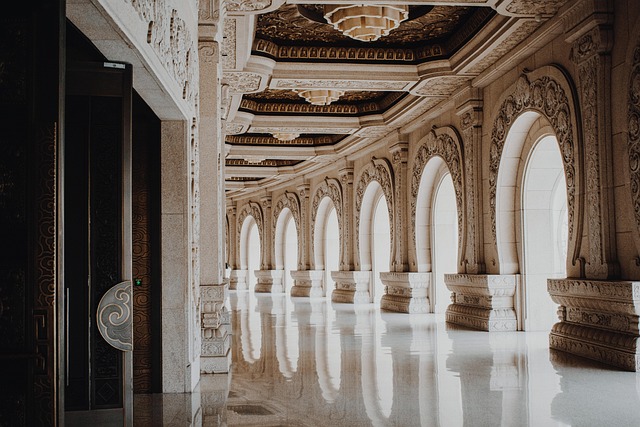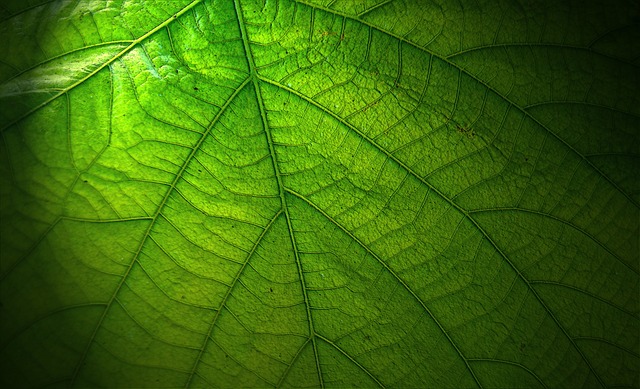The world of photography is a canvas for expression, where every click of the camera captures a moment, a feeling, and a story. One component of this dynamic field that can dramatically enhance your images is the ND filter, also known as a Neutral Density filter. This unassuming piece of glass can unlock a realm of possibilities, enabling photographers to transform ordinary scenes into breathtaking works of art.
At its essence, an ND filter reduces the amount of light entering the lens, allowing for longer exposure times without overexposing the image. Imagine standing by a waterfall, the water cascading down with a silky smooth texture. Without an ND filter, you might struggle with the challenges of high light levels during the day, where fast shutter speeds prevent you from achieving that dreamy effect. However, by employing a quality ND filter, you can slow down your shutter speed, capturing the motion of the water in all its fluid glory.
Moreover, ND filters are not just for landscapes. In portrait photography, these filters can be utilized to create a beautiful separation between your subject and the background. With the right amount of light reduction, you can open your aperture wider, giving an exquisite bokeh effect that draws attention to your subject while softening any distracting elements in the background.
Let’s delve deeper into the technical aspect. ND filters come in various strengths, typically measured in stops, determining how much light is blocked. A 3-stop ND filter cuts down light to an eighth of its original amount, perfect for creating ethereal images even in bright sunlight. For long-exposure aficionados, stronger options like 10-stop ND filters offer even greater creative freedom, allowing for exposure times that stretch into many seconds, resulting in stunning cloud movement or perfectly still water reflections.
When incorporating ND filters into your photography toolkit, consider investing in high-quality filters to avoid the common issues of color cast or image softening that can come with cheaper alternatives. Look for filters made from optical glass rather than resin to maintain the integrity of your images. Additionally, pay attention to the filter thread size that matches your lens to ensure compatibility.
As you experiment with ND filters, don’t be afraid to push your creative boundaries. Play with exposure settings, try different lighting scenarios, and discover new techniques. The true magic of ND filters lies in their ability to enable more artistic control over your photographs. Whether it’s capturing that ethereal mist of the morning dew, freezing the moment of laughter during a family gathering under the sun, or enabling remarkable effects during twilight hours, ND filters can elevate your photographic journey.
In the vast landscape of photography, the journey is often as crucial as the destination. Incorporating ND filters can become an essential element that propels your skills to new heights, empowering you to visualize and realize breathtaking photographs that captivate and inspire. So, grab your camera, attach that ND filter, and step into a world of infinite possibilities as you discover the enchanting effects of mastering light.



